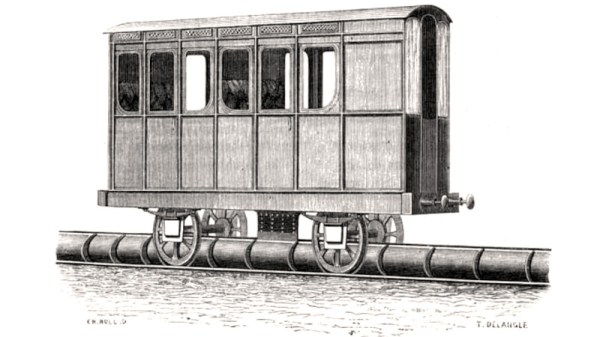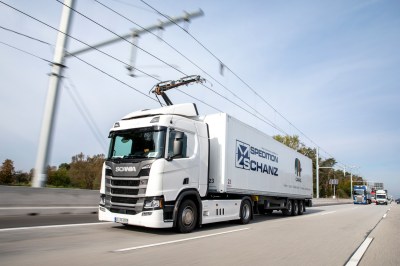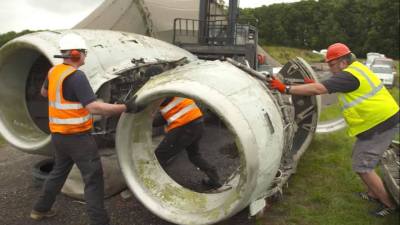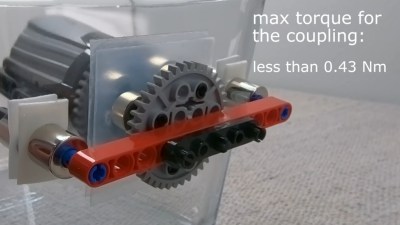It doesn’t matter whether you know it as a railway, a railroad, a chemin de fer, or a 铁路, it’s a fair certainty that the trains near where you live are most likely to be powered either by diesel or electric locomotives. Over the years from the first horse-drawn tramways to the present day there haven’t been many other ways to power a train, and since steam locomotives are largely the preserve of museums in the 21st century, those two remain as the only two games in town.
But step back to the dawn of the railway age, and it was an entirely different matter. Think of those early-19th-century railway engineer-barons as the Elon Musks and Jeff Bezos’ of their day, and instead of space and hyperloop startups their playground was rail transport. Just as some wild and crazy ideas are spoken about in the world of tech startups today, so it was with the early railways. One of the best-known of these even made it to some real railways, I’m speaking of course about the atmospheric railway.
These trains were propelled not by a locomotive, but by air pressure pushing against a piston in a partially evacuated tube between the tracks.
Continue reading “The Mostly Forgotten Story Of Atmospheric Railway”








 On the face of it a jet engine nacelle should be an easy shell for such a project, but such a simplified view perhaps doesn’t account for the many vents, pipes, and hatches required by the engine in flight. Turning it into a waterproof housing for a camper was a significant job, which he has managed to do while leaving one set of engine access doors available as a large opening for a room with a view.
On the face of it a jet engine nacelle should be an easy shell for such a project, but such a simplified view perhaps doesn’t account for the many vents, pipes, and hatches required by the engine in flight. Turning it into a waterproof housing for a camper was a significant job, which he has managed to do while leaving one set of engine access doors available as a large opening for a room with a view.












